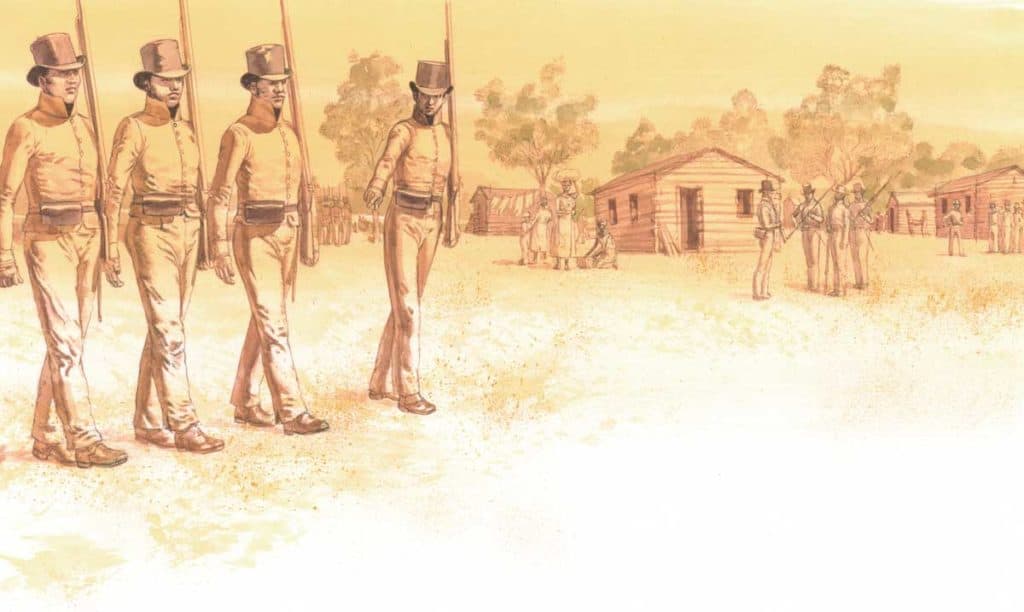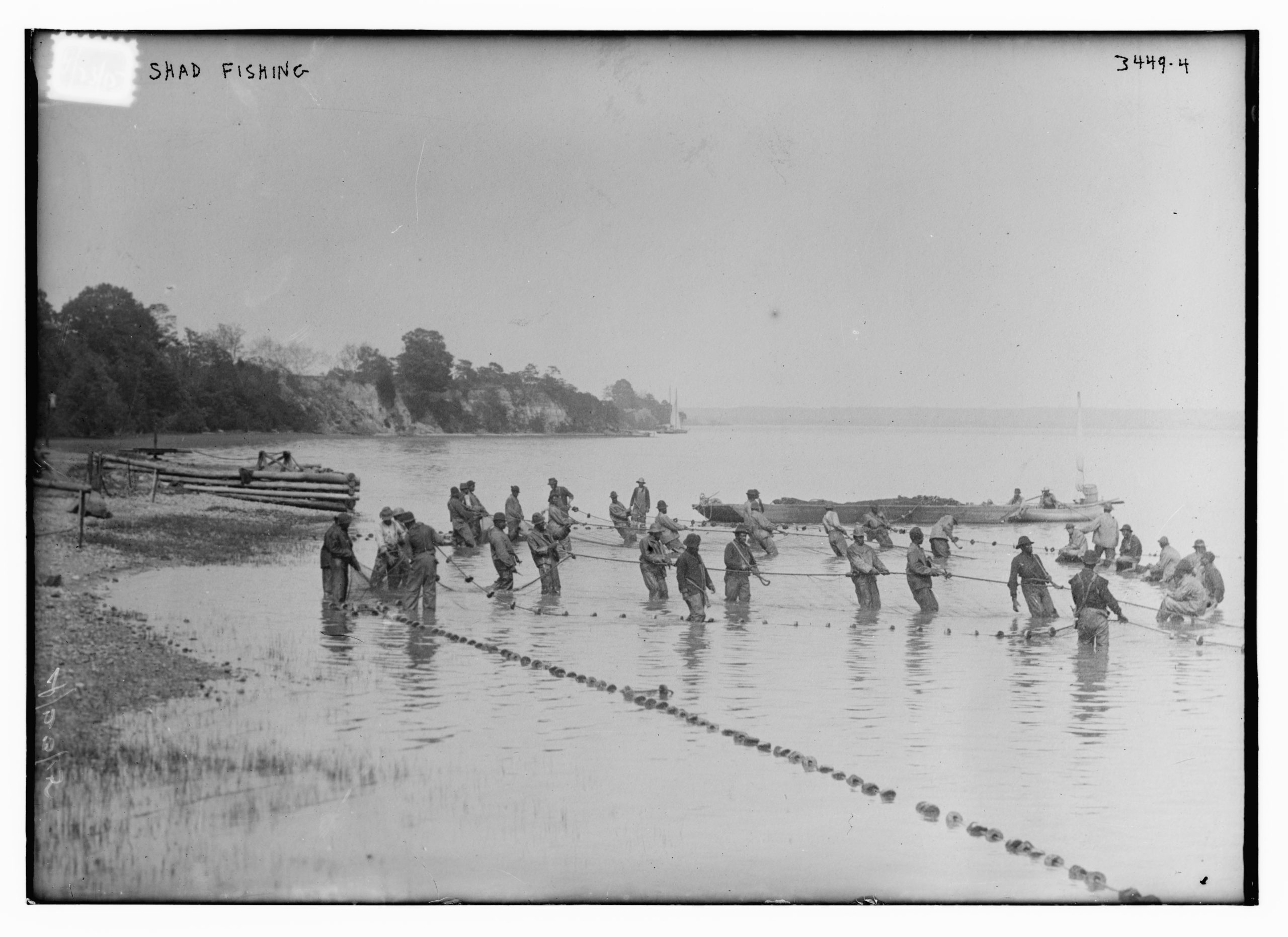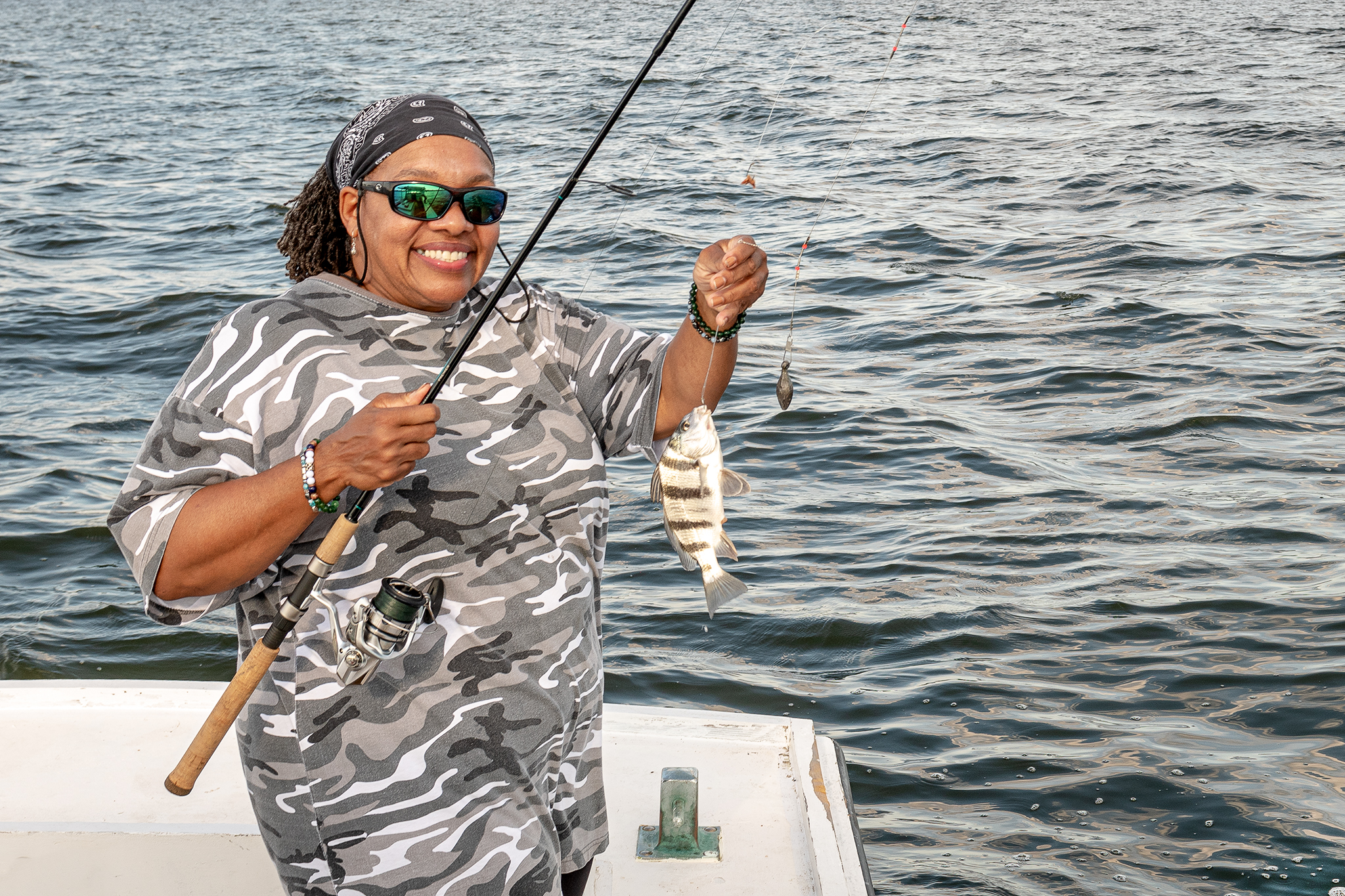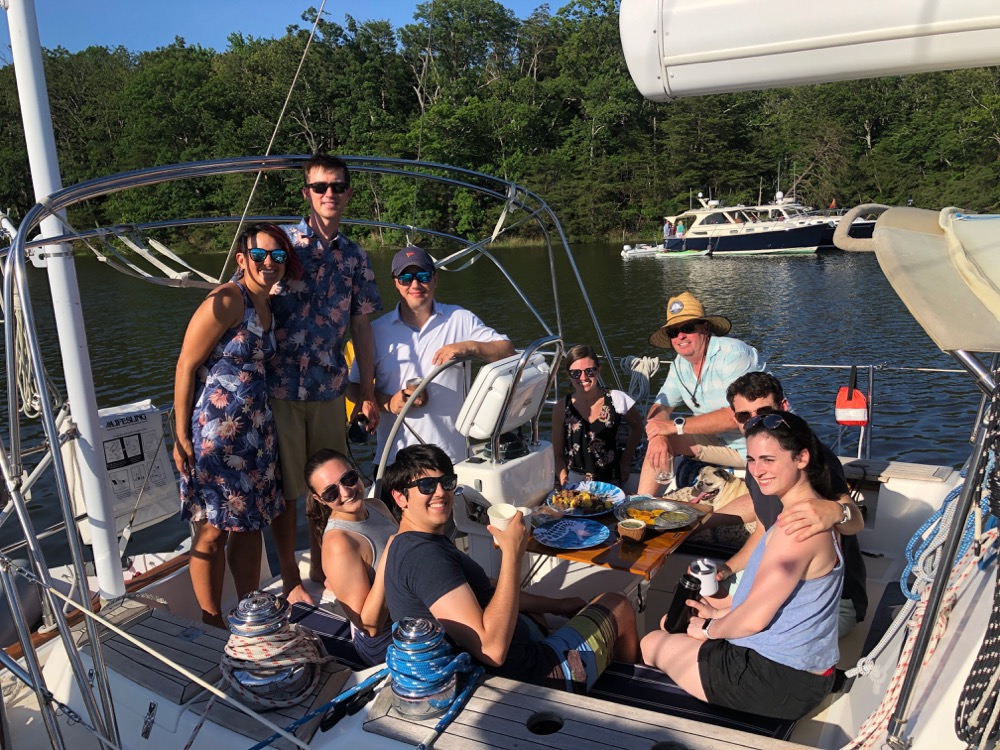Enslaved people in the Chesapeake region found an unlikely ally in the struggle against slavery: the British.
On August 14, 1814, British commander Vice Admiral Alexander Cochrane’s ship, the H.M.S. Tonnant, had just arrived in the Bay from Bermuda with its fleet of support vessels, joining up with Rear Admiral George Cockburn’s fleet to form a fearsome armada. To Lieutenant George Gleig, an 18-year-old Scottish soldier sailing with Cochrane, the sight was “as grand and imposing as any I ever beheld; because one could not help remembering that this powerful fleet was sailing in the enemy’s bay, and was filled with troops for the invasion of that enemy’s country.” Gleig’s journal identified the force as including “an hundred negroes lately armed and [trained] …”
Word swept through Cochrane’s fleet that Cockburn had recruited former slaves to help fight the Americans. The Chesapeake region featured good farming land and many farmers had become wealthy by growing tobacco, a crop in great demand in Europe. However, tobacco cultivation was a lot of work and the use of enslaved African labor had grown in popularity. In Great Britain, Parliament outlawed the international slave trade, but slavery was still legal. The American government, too, outlawed the importation of enslaved people, and all of the northern states had either abolished slavery or set measures in place to abolish it. But in both Maryland and Virginia, the ownership of humans was legal and had become a foundation of the economy, deeply rooted and widespread.
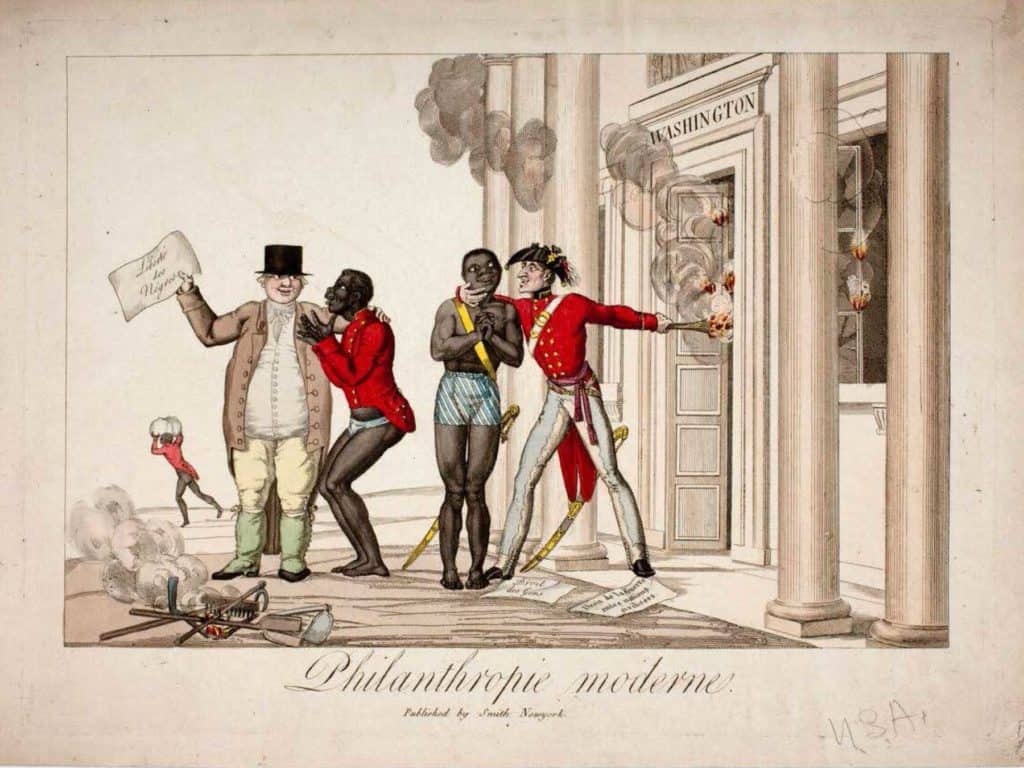
When Cockburn’s ships had first entered the Bay the previous year, the British were under orders not to stir emotions or encourage slave revolts. If enslaved people came to them seeking freedom, military orders dictated that officers aid them and offer protection and the opportunity to resettle in a place they would be free. According to Maryland and Virginia law at the time, slaves were considered property, so helping them escape was equivalent to stealing.
Only a few decades earlier, during the American Revolution, the British had promised freedom to runaway slaves in the region. With the recent British arrival in the Chesapeake, the Union Jack flag again symbolized the hope of freedom. Word spread quickly among the enslaved communities. Slaves desiring freedom faced several options. They could escape and flee to the British and request protection. If caught during the attempt, they faced certain punishment. Fleeing to the British required trust that they would in fact be offered a new way of life and not taken someplace like the Caribbean and sold back into slavery. It also meant they might not ever see their families again. It was usually more complicated and dangerous for groups of slaves to escape at the same time. If they chose not to escape, they had no idea if they would ever find a future opportunity to gain freedom.
Aiding slaves was viewed by many British officers primarily as a war tactic and not a humanitarian endeavor. For the British, there was a cost to welcoming these refugees. Often they arrived at British ships with no personal items and little clothing. The British needed to feed and clothe them and to ensure their freedom, which meant transporting them away from the area. Every day the British were in the Chesapeake, enslaved people found their way to British ships. As a military tactic, the British decided to use the existence of slavery to their advantage. Freeing the slaves would hurt the local economy. But another idea took hold, one that would inflict more damage on the Americans.
The Navy’s leadership decided to use these fugitive slaves to bolster their number of fighting forces. While based in the Caribbean a few years earlier, Vice Admiral Cochrane had successfully recruited a force of former slaves. He quickly realized that besides providing more fighting troops, training former slaves to fight could serve as a significant psychological blow to southern slaveowners. Laws prohibited slaves from carrying guns or serving in the military. The fact that the British were using their “property” against them would unsettle the Americans. The former slaves also knew the land and could provide valuable information to aid British movement.
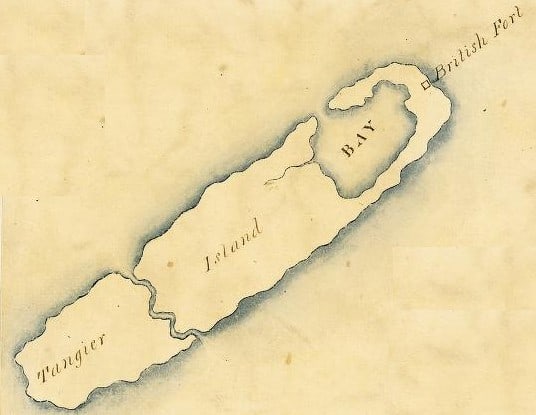
In spring 1814, Cochrane had ordered Cockburn to “find and get possession of some convenient island or point within the Chesapeake…which might serve as a place of refuge for the negro slaves from the surrounding shores.” Cockburn selected Tangier Island, a small, sandy island sitting in the bay east of the mouth of the Potomac River. Its location provided easy access for both the upper and lower parts of the Bay and to the enslaved communities in the region. The island became a base for refugees and later a training camp and barracks for the black soldiers.
By the end of May 1814, the troops had built Fort Albion on that tiny spit of sand in the sparkling Chesapeake. Named for Cockburn’s flagship, and the ancient name for England, its cluster of buildings eventually included barracks, a church, a hospital, and dwellings with gardens. It became a temporary home to more than one thousand escaped slaves who fled to freedom.
New recruits from this group would form the Colonial Marines. Cockburn didn’t think many young men would choose to join the military and was doubtful as to their usefulness in this capacity. At first, he claimed that the refugees were “naturally neither very valorous [courageous] nor very active.” But as he watched the first 80 recruits train, he gradually changed his mind. He soon boasted that the new troops “are getting on astonishingly and are really very fine fellows.” He admitted “they have induced me to alter the bad opinion I had of the whole of their Race and I now really believe these, we are training, will neither show want of zeal or courage when employed by us in attacking their old Masters.”
The Colonial Marines had their first test in battle at the end of May 1814 and their commander later reported that the “new … Black Corps … gave a most excellent specimen of what they are likely to be, their conduct was marked by great spirit and vivacity.”
As the British had predicted, the prospect of freed slaves fighting for the British against their former masters horrified many Americans. One newspaper was outraged at the savagery of Cockburn (who the American press had dubbed “the Great Bandit”) and his “negroes in uniform.” For his part, Cockburn wrote to his superior that “the Colonial Marines, who were for the first time, employed in Arms against their old Masters, … behaved to the admiration of every Body.” By mid-summer 120 men had enlisted, and the force would eventually reach almost 250.
One person who joined the Colonial Marines was Ezekiel Loney, a 27 year old working the Corotoman plantation in northern Virginia. When British barges ventured near the plantation, the person in charge of the slaves ordered them to scatter into the woods in fear that they would escape to the enemy. Three young men, including Ezekiel Loney, seized the opportunity and did just that. Often young men who managed to escape wanted to rescue family and friends as well. Four days after Loney escaped, he returned in the early hours of the morning with British soldiers to free a total of 69 enslaved individuals, the largest number that escaped from a Chesapeake Bay area plantation at one time during the war.
Sadly, not much is known about the refugees who briefly lived on Tangier or fought in the Colonial Marines. Researchers at Historic Sotterley Plantation in southern Maryland have managed to identify four men who became Colonial Marines, out of the 48 enslaved people of Sotterley who escaped to nearby British ships in June 1814. They were Peregrine Young, Joseph Wood, James Bowie, and Crowley Young.
The Americans kept watch on waterways and tried to prevent slaves from going to the British. Some slaveowners even visited British ships under a flag of truce to try to convince their former slaves to return to them. The British encouraged the masters to do so, to counter any charges that the British captured slaves by force, but insisted that the ex-slaves should decide their own fate. A British officer was required to be present at all times. The Captain assembled the fugitives on deck and announced, “Your masters come for you, you are at liberty to follow them, but recollect that you are as free as themselves.” Rarely were the slaveowners successful. Until they established the base at Tangier Island, the British generally sent the refugees first to their base in Bermuda, and later to the colony of Nova Scotia after a short time on the ships. They employed them on Navy projects and paid them a minimal wage.
The whole enterprise was ironic given the fact that the English had brought slavery to the New World and it was still legal in most of the British Empire. For this brief moment, however, while the British sailed the Chesapeake, they represented the hope of freedom to the enslaved communities who dared escape and come to them. While the British could boldly claim they would free slaves, the reality of limited food and clothing, along with people who didn’t want them in Bermuda and Nova Scotia, meant life in this new freedom would not be easy.
Over 200 Colonial Marines served in the Chesapeake regiment during the war and fought in various engagements, including the attacks on both Washington and Baltimore. Four were killed at the Battle of Baltimore. Of the Sotterley men, both Peregrine and Crowley Young died while in the Colonial Marines.
At the end of the war in February 1815, the Colonial Marines and refugees evacuated from Tangier Island with the British army in early Spring. The British sent the Marines to Bermuda where they helped build a dockyard for the Royal Navy. After 14 months, the Navy allowed the Colonial Marines to leave military service and offered to settle them as farmers on the British island of Trinidad. About 400 accepted the offer, including some from other regions of the United States. Along with their families, they created villages, many staying with colleagues from their military companies. They identified as Americans and called themselves “the Merikins.” Ezekiel Loney and his family were among them, as were two Sotterley men, Joseph Wood and James Bowie.
The Tangier Island History Museum on the island includes a small exhibit about the Colonial Marines. Unfortunately, the site of Fort Albion now sits underwater, about a half mile into the Bay. An 1821 hurricane known as the “Great September Gust” inundated the island and washed away the fort’s remains. Tangier itself keeps losing land to rising seas and faces an uncertain future.
Much of what is known of the refugees comes from reparations claims made by slave owners to the British after the war. A commission was established to compensate owners for their losses. Hopefully researchers will uncover more of the Colonial Marines’ story in years to come.
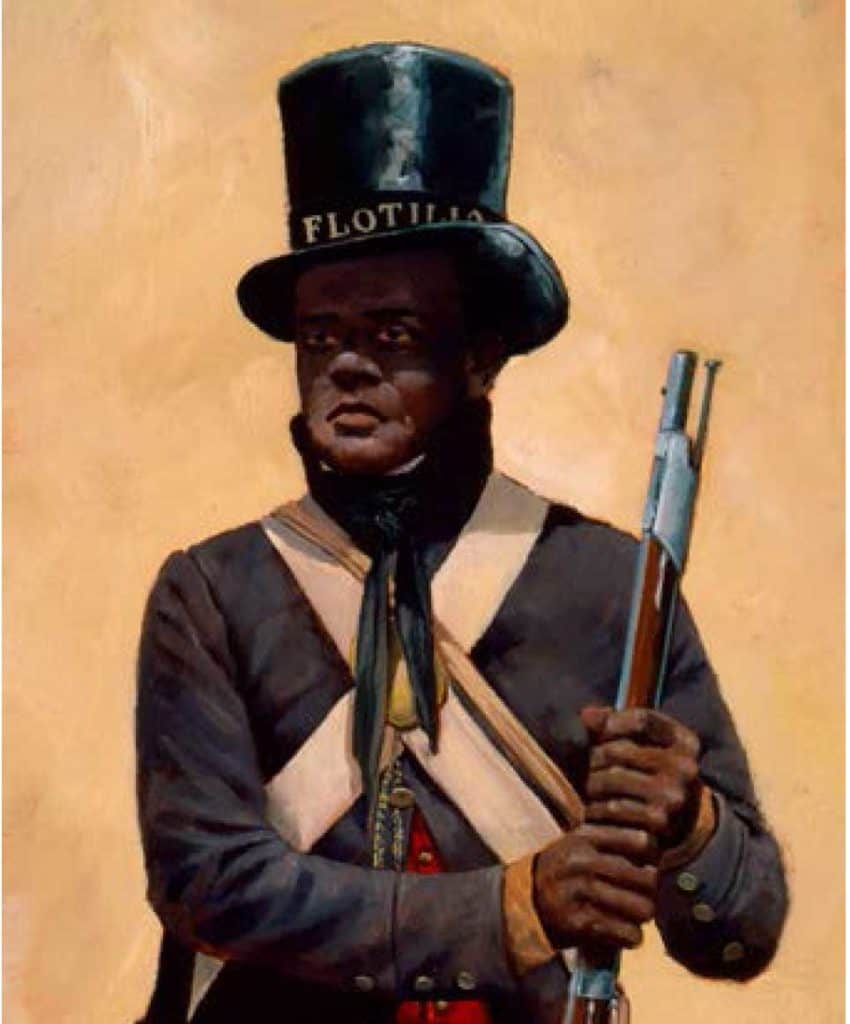
Meet Charles Ball
Not all escaped slaves sided with the British. Charles Ball enlisted with the Americans. Years later, he published a book describing his experiences during the war. Born into slavery on a tobacco farm in Maryland, Ball was about twelve when his owner died. Enslaved people had no control over their lives and often owners sold slaves due to financial difficulties. To settle debts, Ball’s family was sold, and he was brutally separated from his mother. Years later, his owner sold him to someone in Georgia. Charles managed to escape and follow the stars north back to his wife and children in Calvert County, Maryland. Proclaiming himself a free man, he found work as a farmer and a fisherman. In December 1813 he enlisted in the Chesapeake flotilla as seaman and cook. He fought with this group at Bladensburg and at Baltimore. After the war, slave catchers tracked him down and dragged him back into slavery in Georgia. He eventually escaped again. His autobiography titled A Narrative of the Life and Adventures of Charles Ball. A Black Man first published in 1837, offers a shocking account of Ball’s amazing life.

